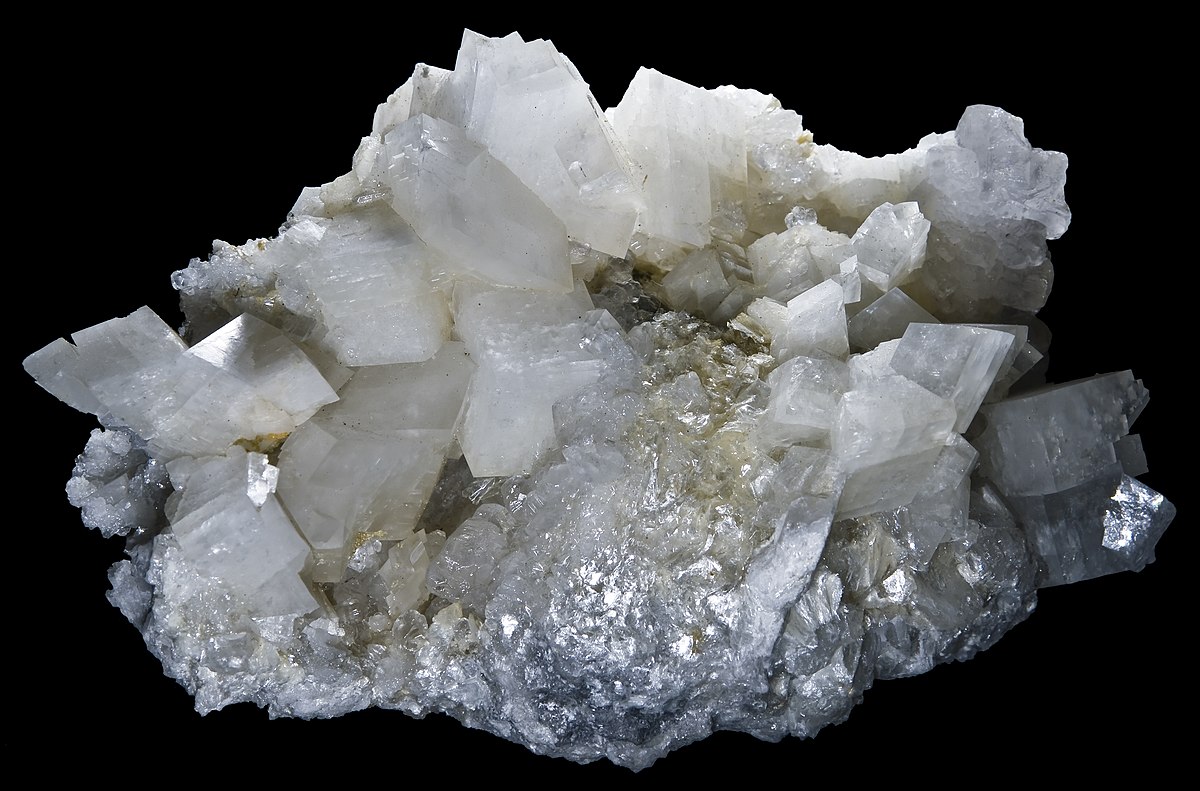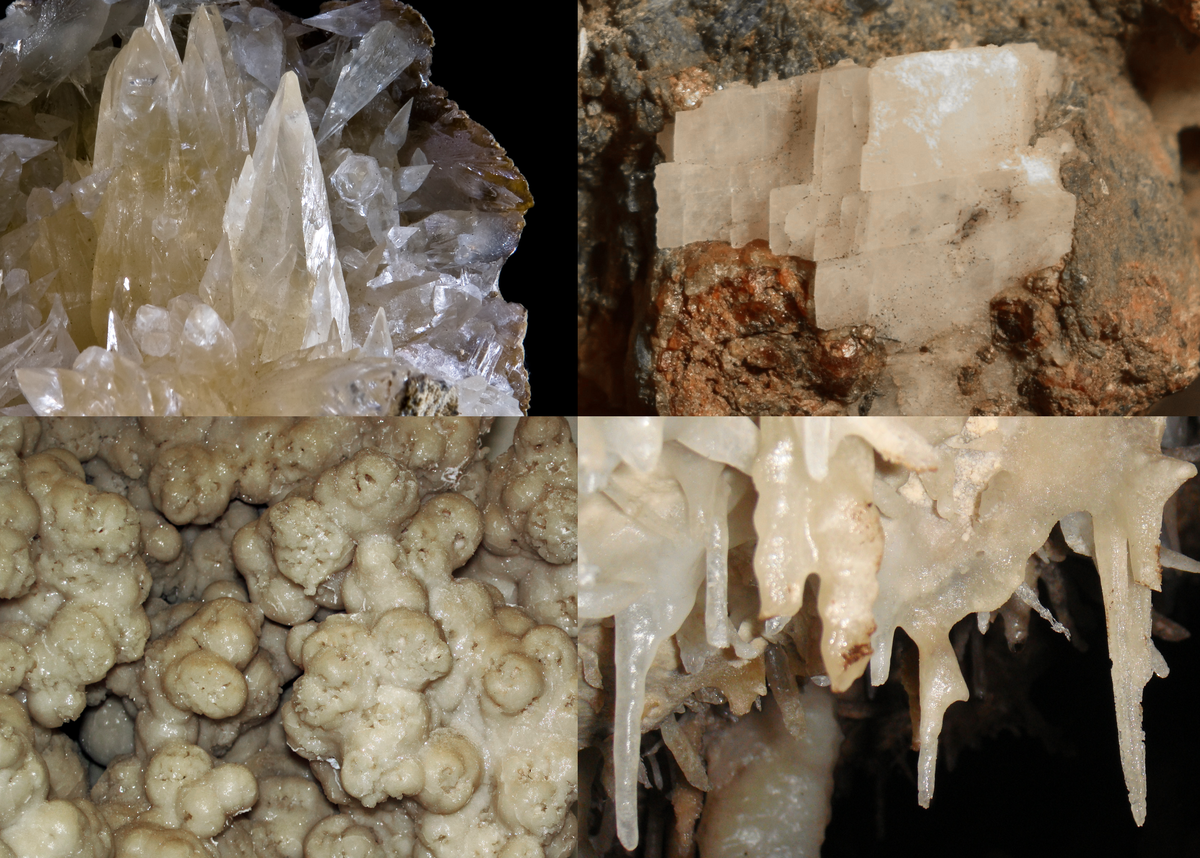Hello,
This video says that some sands that look unnaturally white are not actually sand from the ocean, and that they are not recommended for use in reef aquariums, but why - I could not understand, since I do not know German.
I'm sure there are a lot of reefers from Germany here, I would be very appreciative if one of them translated briefly - why this particular video is not recommended this sand.
Thanks
This video says that some sands that look unnaturally white are not actually sand from the ocean, and that they are not recommended for use in reef aquariums, but why - I could not understand, since I do not know German.
I'm sure there are a lot of reefers from Germany here, I would be very appreciative if one of them translated briefly - why this particular video is not recommended this sand.
Thanks















